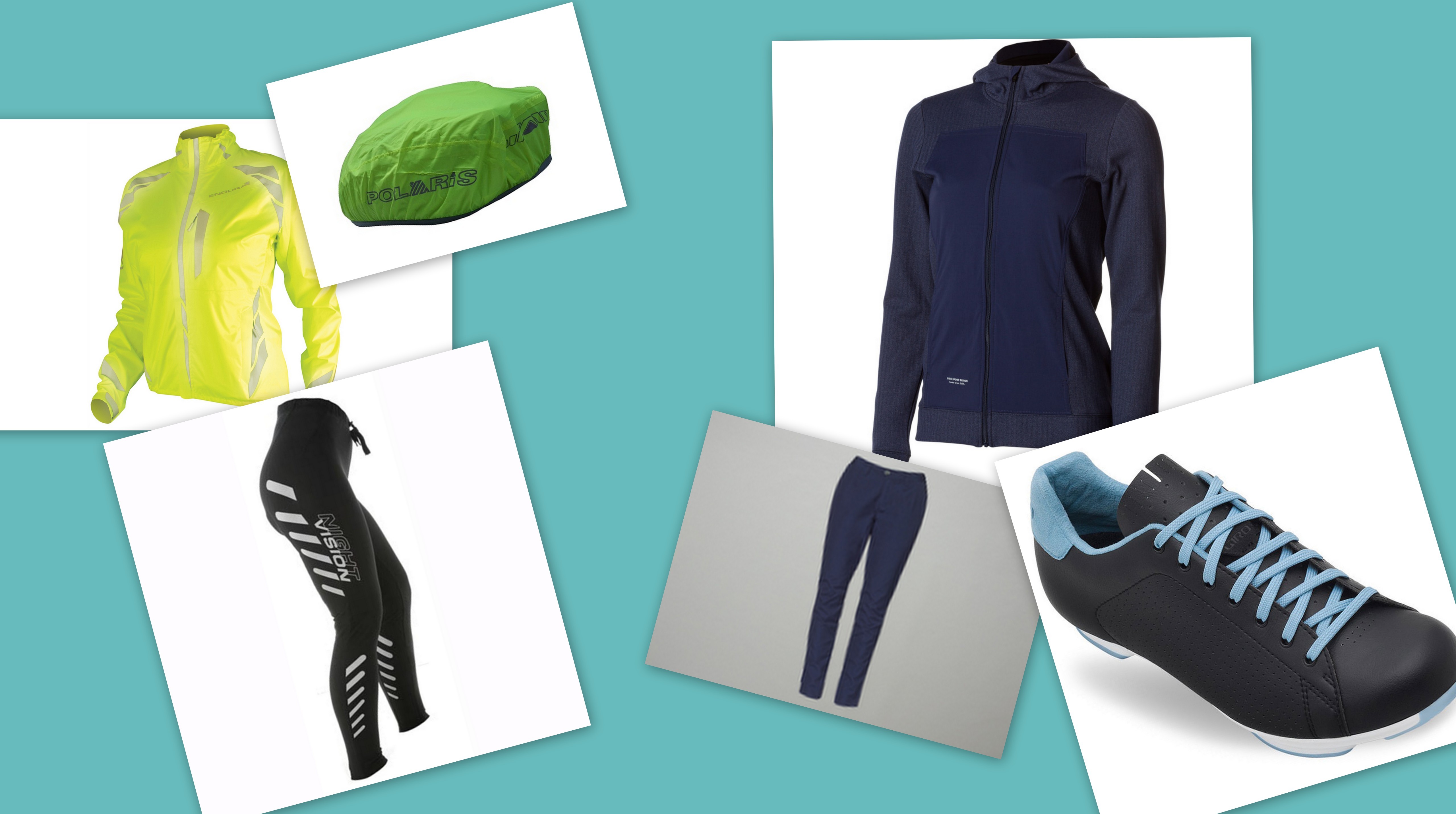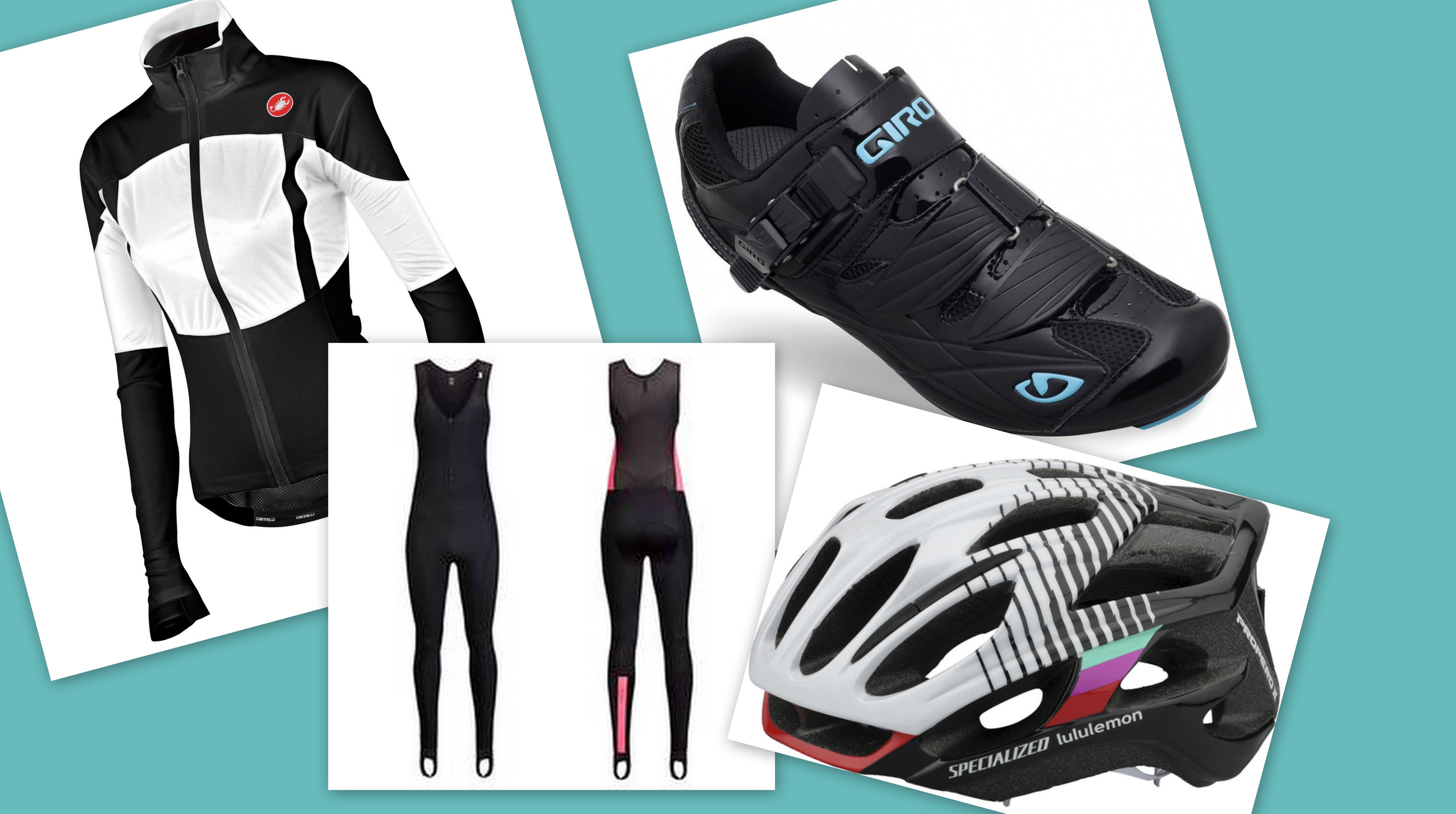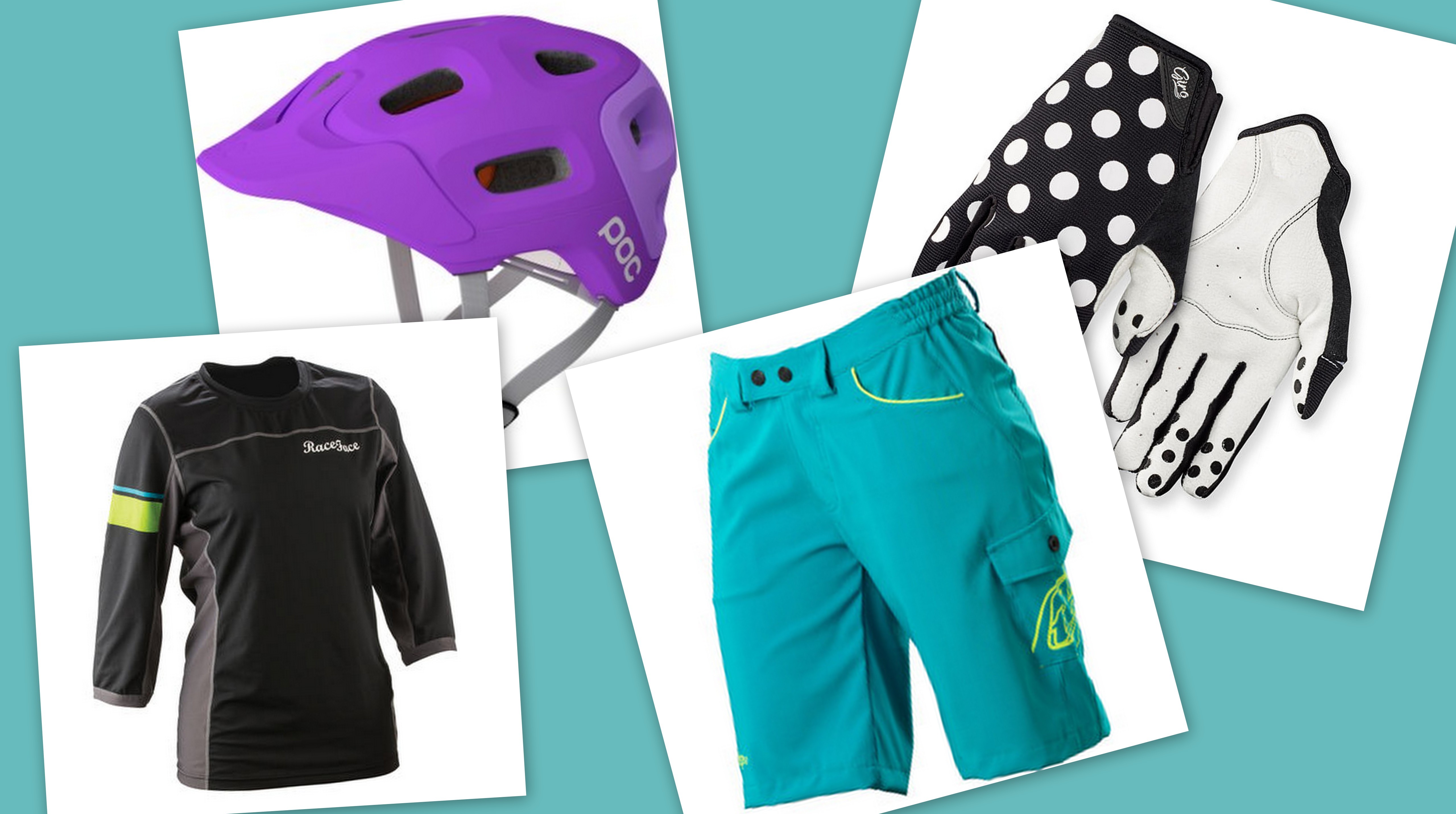Mountain Bike Kit
Mountain Bike Kit
Mountain biking, as the name suggests, usually involves a lot of climbing and descending, which means intense peaks of exertion on the uphills, and less exertion and exposure to cooling airflow on the descents.
Mountain bikers also tend to be much more dynamic on the bike than other types of cyclists, often standing up out of the saddle, and moving forward, backward and side to side as they negotiate technical trails. The environment they ride in also often necessitates protection from impacts, falls, knocks and bumps.
Muddy wet conditions are pretty much ubiquitous in the UK, and mountain bikers need kit to deal with it. They also tend to need kit that works well when off the bike, for example when walking or checking trail sections, or pushing up steep climbs.
Helmets
- Mountain bike helmets are vented like road cycling helmets to keep a cooling flow of air over the head.
- They’ll tend to be formed to sit lower around the back and sides of the head, to give more overall protection and coverage in case of crashes.
- MTB helmets also often come with a peak, which shields the eyes from sunshine and helps fend off low hanging branches and brambles.
- For downhill or technical enduro racing, or on uplift days, full face helmets inspired by motocross are chosen as they provide even greater protection, including the jaw and face.
Clothing
- Mountain biking clothing tends to have a loose or baggy fit, to allow freedom of movement on the bike. As wind resistance isn’t really an issue, this doesn’t affect performance.
- Mountain bikers often wear impact protection like knee and elbow pads, and looser clothing allows these to be worn underneath.
- Baggy shorts are usually worn with padded lycra shorts or tights to provide comfort when riding. Waterproof shorts are ideal for winter riding.
- Jackets and jerseys will have a dropped tail, but it won’t be as long as in road equivalents, and mountain biking has a more upright riding position.
- Wicking fabrics are essential for getting sweat away from the skin on those tough climbs, so it doesn’t cool the rider down on the windy descents.
- Waterproof jackets for mountain biking tend to be cut lower all round than on road cycling equivalents, to protect against the mounds of mud and water that gets thrown up by the front and back wheels.
Accessories
- Mountain bikers tend to ride with a rucksack which provides additional insulation on the back and means extra layers can be carried easily.
- Glasses are worn year round for protection against mud, grit and rocks that can be thrown up by the tyres.
Gloves
- For protection against crashes and scratchy undergrowth, full-finger gloves are usually worn. These can have additional padding on the back for extra protection.
- For the winter, waterproof and insulated options are chosen.
Shoes and Pedals
- MTB shoes for clipping in will have a recessed cleat and large elevated tread to make walking off the bike in muddy conditions easier.
- Clipless MTB pedals and cleats will give plenty of float (the side to side motion of the foot) to allow the rider to move their weight around when standing up. They will also have an open design to prevent the mechanism getting clogged up with mud.
- Some mountain bikers ride with flat pedals, which usually have protruding pins with provide grip. The corresponding shoes have tacky soles and a tread pattern that locks in with the pins.







